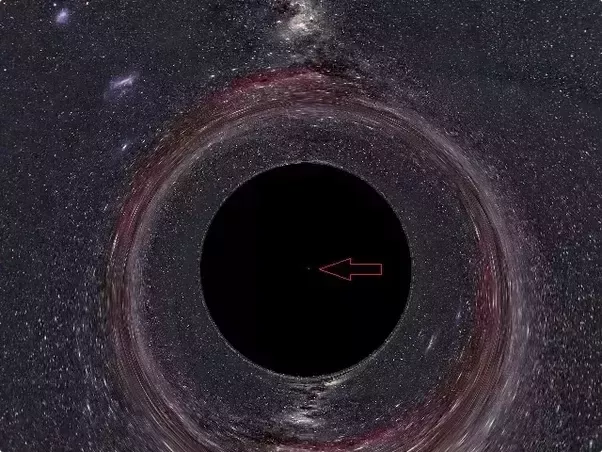Supermassive Black Holes Consume Energy Differently In Center Of Galaxies

Researchers previously thought that the most popular types of galaxies -- Type I and Type II -- were structurally the same on a fundamental level despite the fact that they appear differently from Earth. This unified model said that the active nuclei in each type of galaxy were similar, but researchers are now proposing that the active galactic nuclei are actually different on a structural and energetic level.
The unified model said that the two types of galaxies appear different from one another because the Type II galaxies tilt in the perfect way that they are then obscured by their own rings of dust. The Type I galaxies aren’t which makes the Type I galaxies look brights, said a release from the University of Maryland. But new evidence questions the unified model because it does not fully explain everything observed about the galaxies from Earth. The new study suggests that the supermassive black holes at the center of the two types of galaxies actually emit and consume energy at different rates.
The new ideas surrounding the differences between the galaxy types are supported with data evidence of more than 800 active galaxies from the Swift Burst Alert Telescope also known as BAT. Then they looked at those same telescopes from a dozen ground telescopes to measure the mass and growth of the active nuclei in the galaxies, said the University of Maryland release.
The observation and analysis of the data started nearly 10 years ago when co-author on the study Michael Koss was still doing his doctoral work at the University. He spent nights observing several galaxies a night so that the researchers involved could eventually come to their final conclusions. What they found was that regardless of which direction the galaxies were facing, the black holes in Type I galaxies were found to emit and consume matter at a far faster rate than those in the Type II galaxies did.
The working theory is that the amount of dust in the two types near the black holes has to do with the rate of emission and consumption. The dust works to push against the gas as it enters the black holes.
With the new finding, researchers might begin to observe Type I galaxies more often. Previously they’ve focused efforts on Type II because they were dimmer and easier to observe, and if the galaxies are fundamentally the same it hypothetically shouldn’t have mattered which type they were focusing on.
The new research might prompt a re-evaluation of data or an increase in researchers checking in on Type I galaxies.
© Copyright IBTimes 2024. All rights reserved.




















